Samsung Samsung 30 in. 6.3 cu. ft. Flex Duo Slide-in Dual Fuel Range with Air Fry in Fingerprint Resistant Stainless Steel
-
( 8 Reviews )Rated 4.75 out of 5 based on 8 customer ratings08
- SKU: 314782829
Smart Dial learns how you like to cook. Air Fry mode provides healthier cooking with a crunch. Flex Duo Oven cooks at two different temperatures simultaneously.
-
Cuisinart – 20 PC Elite Flatware – Silver
Rated 5.00 out of 503Cuisinart – 20 PC Elite Flatware – Silver
Rated 5.00 out of 503 -
Mainstays Single Serve Dual Brew Coffee – 772125593
Rated 4.50 out of 504Mainstays Single Serve Dual Brew Coffee – 772125593
Rated 4.50 out of 504 -
Dyson Ball Multi Floor 2 Vacuum Cleaner – Dyson
Rated 5.00 out of 502Dyson Ball Multi Floor 2 Vacuum Cleaner – Dyson
Rated 5.00 out of 502 -
Blendtec – Classic 5-Speed Blender with FourSide Jar – Black
Rated 4.71 out of 507Blendtec – Classic 5-Speed Blender with FourSide Jar – Black
Rated 4.71 out of 507
This Dual door Flex Duo range gives you both a traditional single oven cavity and a double oven in one. This unique design utilizes a ceramic divider to let you easily switch from a large single cavity (6.3 cu. ft.) to two smaller cavities (2.7 cu. ft. and 3.4 cu. ft.), with independently controlled temperatures. You’ll have the flexibility to cook both large meals, like holiday dinners, and smaller everyday meals in one oven. The New Smart Dial simplifies oven settings in a single dial and intuitively learns based on your cooking preferences. Cooking just got healthier with new Air Fry mode. Using little to no oil, you can quickly prepare your favorite fried foods right in your oven. Air Fry tray, Reversible Cast Iron Griddle, and Wok Ring are included.
- Smart Dial – simplifies oven settings in a single dial and intuitively learns based on your cooking preferences
- Air Fry – using little to no oil, you can quickly prepare your favorite fried foods right in your oven
- Air Fry tray included
- Cast Iron Reversible Griddle and Wok Ring are included
- Dual Fuel – Gas Cooktop, Electric Oven
- Convection
- Illuminated Knobs
- Fingerprint Resistant Finish
- Large Oven Capacity – 6.3 cu. ft.
- Ready2Fit Guarantee
- Temperature Probe
- Gliding Rack
- Soft Close Door
- Storage Drawer
- Wi-Fi Connectivity
- Voice-Enabled
- Steam and Self Clean
- Sabbath Mode
Additional information
| Depth With Door(s) Open 90 Degrees (In.) | 49.25 |
|---|---|
| Lower Oven Interior Depth x Height x Width (in) | 19.75 x 14.2 x 24.81 |
| Product Depth x Height x Width (in) | 28.68 x 37 x 29.93 |
| Range Size (Width) (in.) | 30 |
| Upper Oven Interior Depth x Height x Width (in) | 19.75 x 8.2 x 24.81 |
| Certifications and Listings | ADA Compliant,ETL Listed,Star-K |
| Manufacturer Warranty | One (1) Year Parts and Labor |


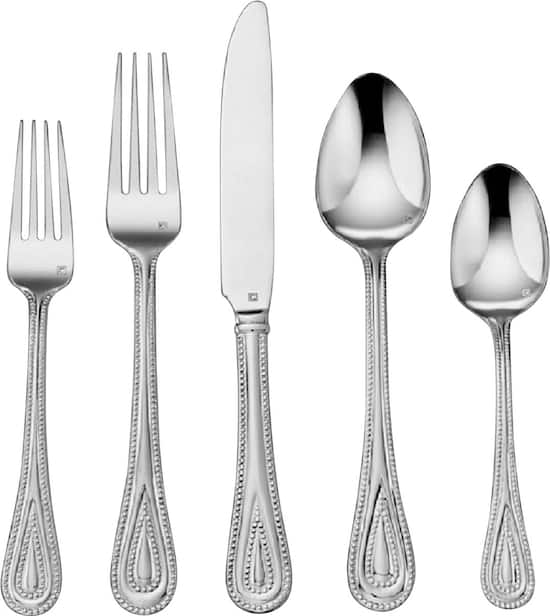

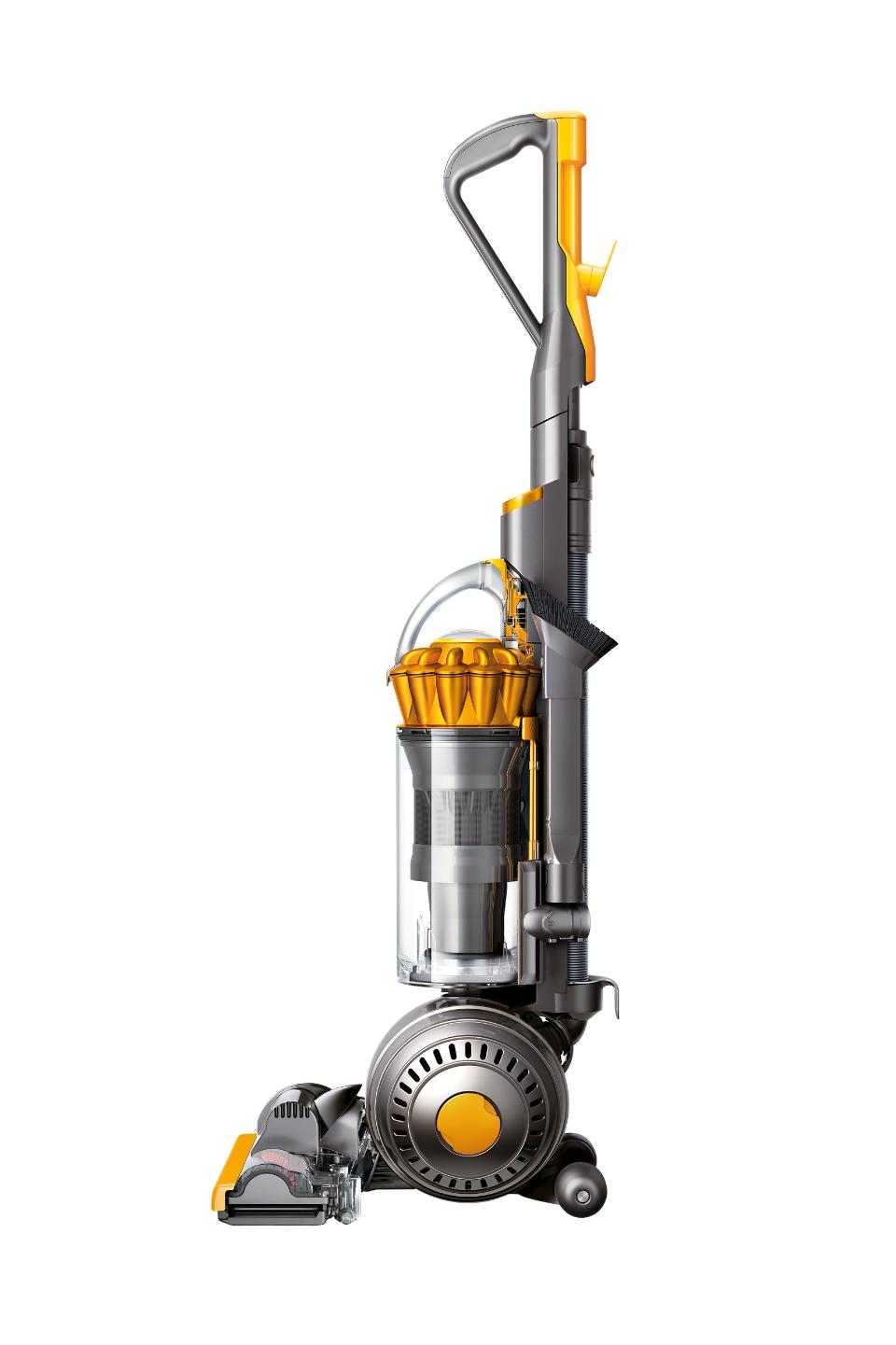
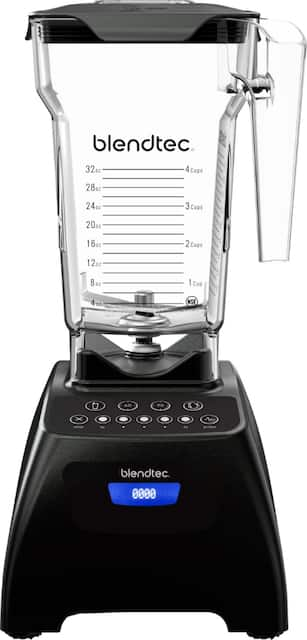

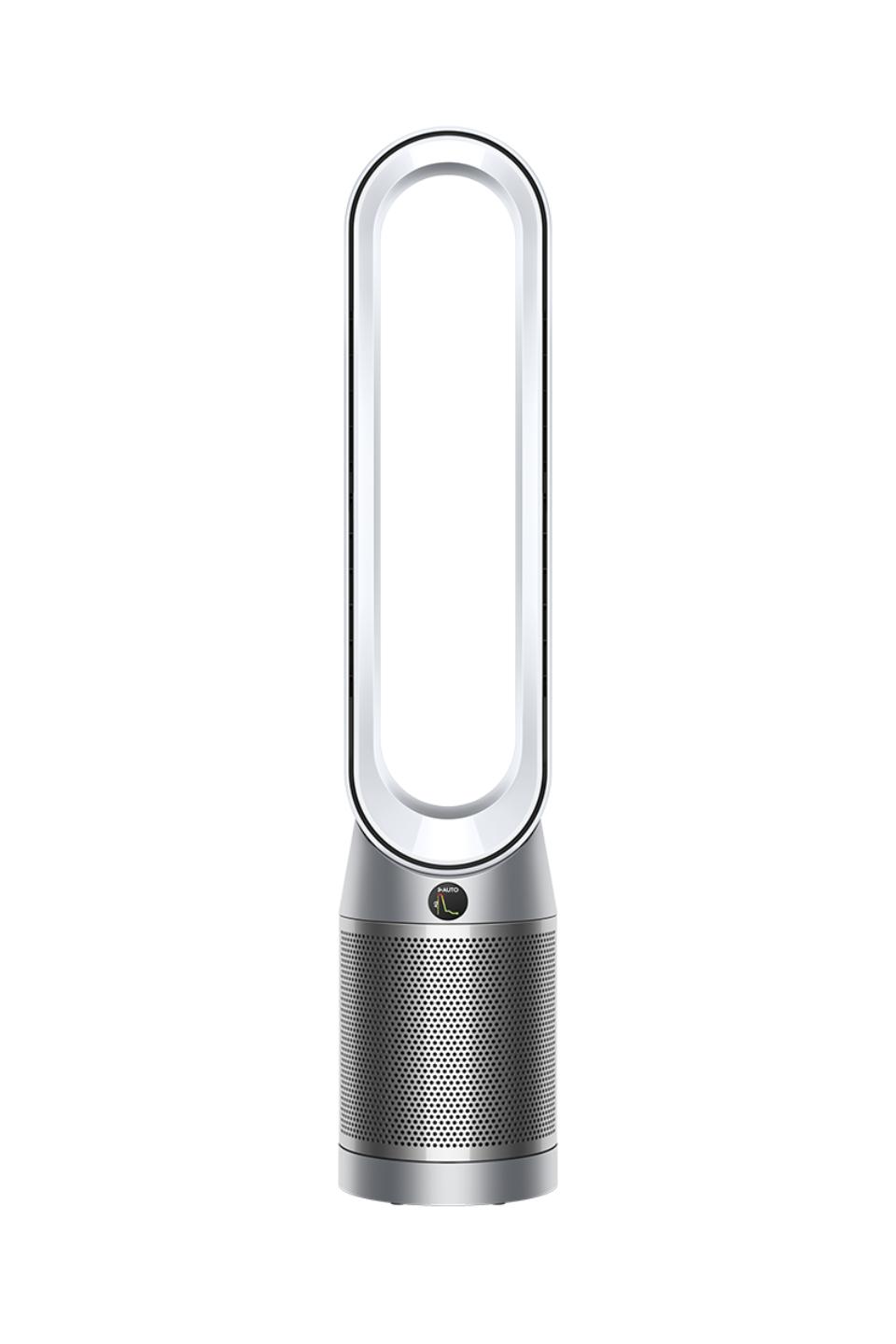
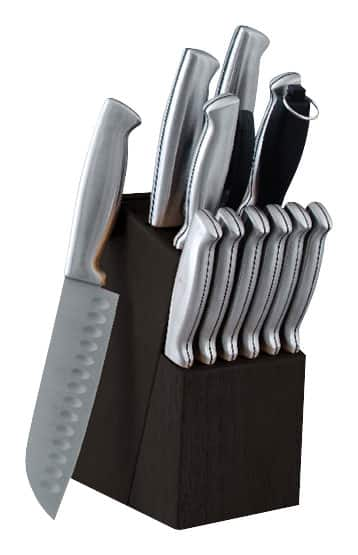

by Karen
It’s very nice. Only change I would make to the design is to have a flat stove top under the grates, instead of indented down.
by Nona
I am so happy that I bought this range! With the flex-duo ovens, I am able to make solo meals for myself and still have the convenience of a large oven for family get togethers!
by Flagon
Very flexible for small or large meal cooking. Easy to use features and a clean, modern look.
by Chris
I bought this about a month ago, so have not had a chance to use all the features. I was shopping for over a year before I selected this one, which had all the features I was looking for. So far everything is great. Top is easy to clean, front right burner provides great power. Love having a small oven. Have not used as double oven or air fryer yet.
by Nelson
i could not be happier with this range. i did a lot of research before purchasing and am so glad i chose this unit. the burners cook evenly and quickly. our favorite oven feature so far is convection bake because it cooks so evenly too. can’t wait to try the dehydrater this summer and the air fryer.
by Cliff
The item was as described and we love the fact that the burner controls light up when they are on, also love the split oven design and te air fry setting!!!
by Jackie
Had this a few months and coming from a gas Wolf in my last house. Gas cooktop is very nice, the largest and smallest burner compares well to the Wolf. Wish the griddle top had a pour spout but this is no bigger. Cooked several meals in both ovens at the same time and worked very well. Love this feature. Not sure why the top oven only does convection. Sometimes I just want to warm something or keep it warm. There is a lot to know so I need to read the manual!
by Kitten
The stainless steel is easy to clean, I find cleaning the cooktop grates and burner caps a little harder, you cannot use anything stiff on the stainless steel, or it will scratch, but I find a damp towel works very well. My family loves the air fryer feature. I just recently connected the app and I think I will enjoy preheating my oven when I am on the way home with a frozen pizza from the grocery store. Cooks great, wish the manual was a little bit more useful. The double oven feature has been mostly a miss due to the temperature limitations, I guess I need to find the right combination of foods to use the double oven feature on. I like that pots slide across the grates easily. The fast boil feature is crazy hot, I find I cannot use “high” as the flames lick the sides of the pot, but it still gets water to boil. Perhaps I need a bigger pot for pasta. I am really happy with the air fryer feature, because it cooks a large quantity and makes wonderfully crispy bacon, although I use a regular sheet pan for that, not the basket that ships with the range. I would recommend this range, but not the double oven feature.